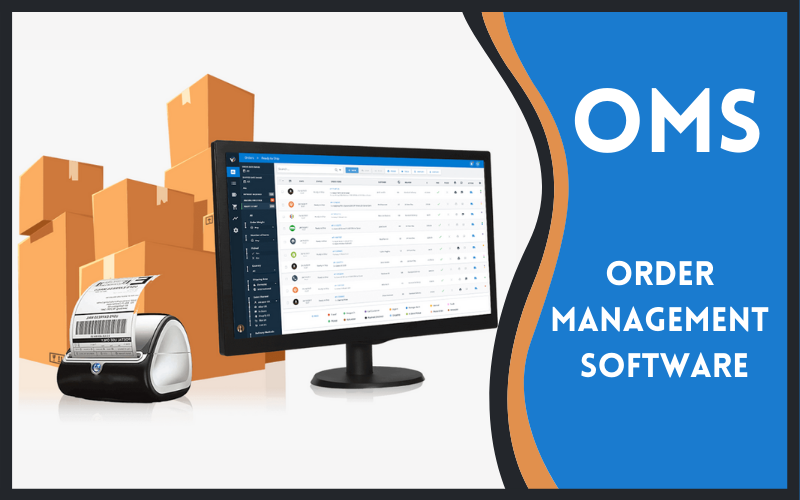For a successful business, you need to manage your sales and work orders. If you are a brand-new or small-scale business, it might not be too hard to manage a few orders you receive in a day. You can easily, quickly and in fact cheaply fulfill them without any big system in place. Order management will be no problem to you.
However, potential obstacles and setbacks can arise when you are a big or an old business in the market. What’s the problem? As your sales grow, material procurement increases, products are added, distribution channels multiply, and your customer base expands. Now, to handle this much load, an order management system becomes vital for your business growth and sustainability. It will help remove bottlenecks as your business grows.
As a business owner, you must understand the importance of automated order management when scaling your business.
Automate and streamline your order management process.
Order management simply refers to unified processes of receiving, quoting, tracking and fulfilling customer orders. In the present competitive and globalized environment, it is critical to streamline and automate your business operations, especially when you need to deal hundreds of orders each day – otherwise, you will be overwhelmed by the sheer number of customer orders coming in.
Manage and monitor your orders in one place.
An order management software solution is like a one-stop shop where you can receive, view and manage all customer orders. With this system in place and integrated with other departments like accounting and finance, logistics and supply chain, etc., will provide you with 360-degree visibility into the entire order management and control process. This will help you automate and streamline the flow of sales order information to every bit your supply chain.
It means an order management system allows you to track the entire journey of your customer order – from quotation to delivery and even returns.
In short, this system will organize and automate everything involved in providing customers what they ordered – in good condition and on time.
Managing and optimizing your online ordering process, from initial order placement or request for quotation through fulfilment is a foundational part of a growing business. For greater order accuracy, pay attention to details in your sales cycle. Moreover, practice to have a post purchase customer follow-up to retain your loyal, repeat customers.
It is highly recommended to put best practices into place to streamline your sales cycle and eliminate order management bottlenecks. Here’s how you can have greater oversight and control over your sales and ordering processes.
Best practices for order receiving
- Make all fields in customer order forms ‘required’
- Automated RFQ and order confirmation
- Maintain a centralized database
- Inventory tracking and control
- Keep high inventory turnover ratio
- Establish codes for special orders
Best practices for payment processing
- Streamline the payment process
- Offer multiple payment methods
- Use reliable third-party payment apps
- Maintain customers’ confidentiality
- Ensure high end data security protocols
Best practices for order fulfilment
- Organize all items with SKUs
- Add barcodes to all SKUs
- Ensure accurate order picking
- Eliminate paper pick lists
- Reduce walk time and motion waste
- Automate your supply chain process
Best practices for post sales service
- Set up automated emails for customer follow up
- Make refund/replacement process simple
- Build customer loyalty with special offers
- Regulate your repeat sales
- Set reminders for reordering
These are the best recommended, commonly used practices that will help you better manage and monitor your order processing and fulfilment. Moreover, when everything gets synchronized and you also know the geographical distribution of your sales orders, you will be in a better position to split your inventory closer to the customers’ locations. It will eventually reduce the shipping cost by increasing the delivery speed.
Wrap Up:
The success of your business begins with managing your sales cycle, executing best order management practice and eliminating errors with customer orders fulfilment and delivery. Automate your sales order workflow to mitigate the risks of errors and free up valuable man-hours. Be more strategic and organized to avoid customer orders fulfillment mistakes. To do this, automate and streamline your order management processes using a fully integrated and flexible system. Check out the order management software solution from MWI Solutions – designed for your business growth and sustainability.

